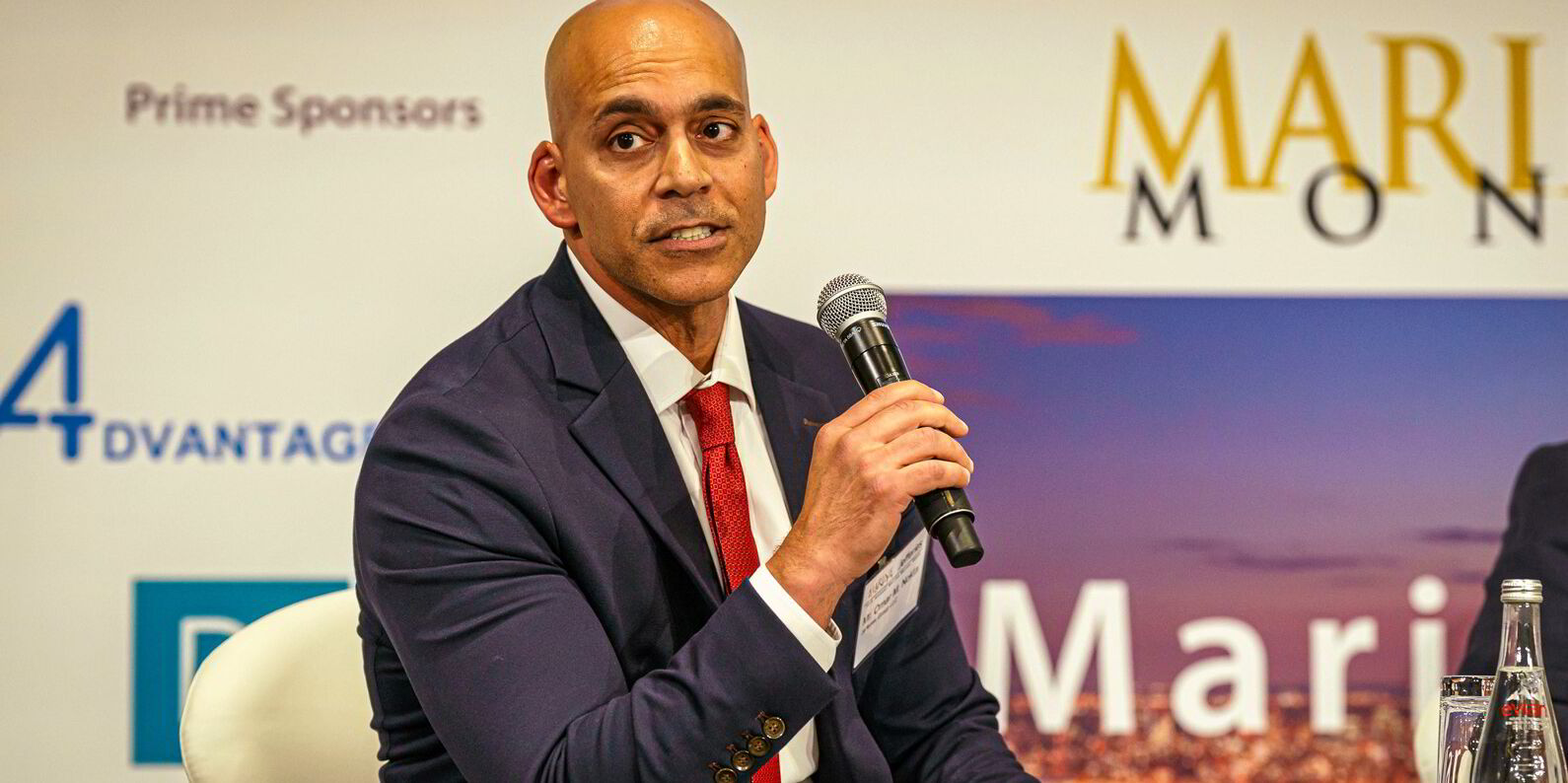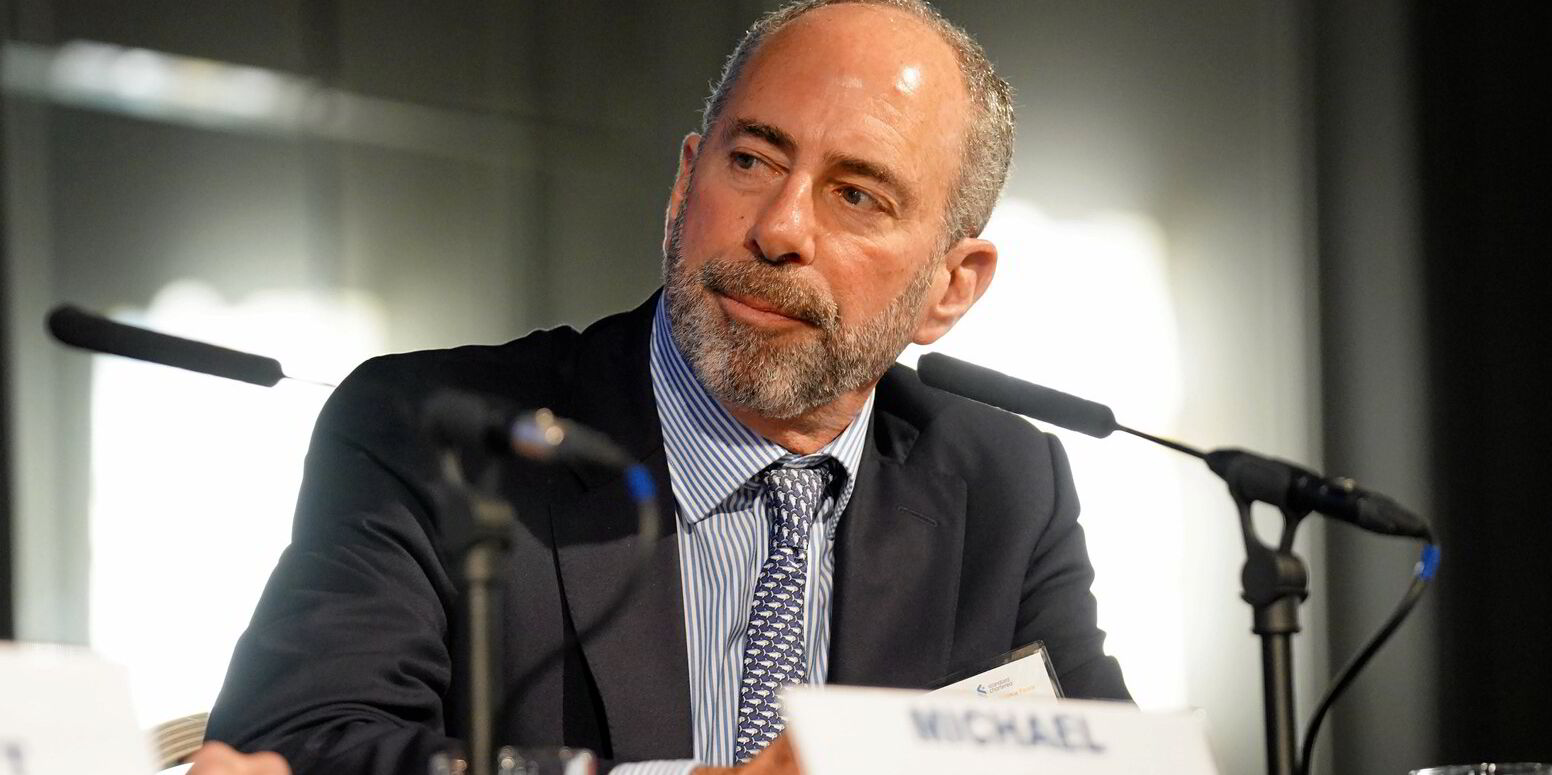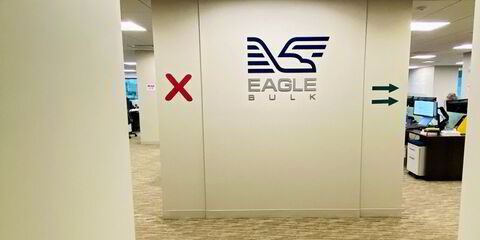It seems as though Anthony Gurnee is bowing out with his Ardmore Shipping at the top.
Days after the CEO’s surprise retirement announcement, the Ireland-based product tanker owner has emerged in a lofty place within Streetwise’s quarterly review of (mostly) US-listed shipping stocks, carried out in conjunction with investment bank Jefferies.
Ardmore topped all comers in the tanker sector with a 37.2% gain in stock price: 39.1% with dividends included. It was also easily the sector’s best performer of the first half, with gains of 59.9% and 63.3%, respectively.
The company founded by Gurnee ran well ahead of the tanker average gains both for the second quarter (11.1% and 14.4%) and the first half (30% and 36.8%).
Those numbers impressed Jefferies lead shipping analyst Omar Nokta, who, like most everyone, is pondering what might come next for Ardmore.
“The stock has done very well,” Nokta said. “I had some investors asking me yesterday why Tony didn’t just sell the company at the top. Still, he’s leaving at the top, he’s built a nice company, and it will be interesting to see details of what sort of pay package he’ll leave with.
“Now the big question is whether the vultures show up in September when Tony is officially gone. As TradeWinds has pointed out, Ardmore is the size where a deal for the company can be done in cash by one of the bigger players without really setting them back.
“I’m guessing prior approaches to them were made in all stock. People may look differently at an all-cash deal.”
As to the strength in the stock, investors recognise that despite its modest size with 22 owned tankers, Ardmore often has outperformed its clean-trading peers in the chartering market.
“It sort of bucks the perception that a smaller fleet means less efficiency,” Nokta said.
While the news breaking around Ardmore made it a highlight for the quarterly report, let’s back out a bit and have a look at the broader performance of the 27 shipping stocks under Jefferies’ coverage.
In the widest view, it was a strong quarter for shipping. Only three companies lost share price and only one of those delivered a negative return with dividends considered.
The average listing generated an 18.9% increase in share price and a 22.1% return with dividends. In comparison, the market’s benchmark S&P 500 index gained 4%.
Broken down by operating sector, the gainers were led by a group virtually no one would have predicted heading into 2024: container liner companies jumped 60.7% in share price and returned 63% after having lost ground in the first quarter.
The roller coaster that is Zim: Pacing the liners was Israeli vehicle Zim, which gained 119.1% in share price and returned 121.3% — both numbers leading all shipping companies under Jefferies’ coverage.
“Zim is the most volatile stock in our coverage and probably one of the most volatile in all the industrial sectors Jefferies covers,” Nokta said.
“We believe Zim and the other liner companies have only moved up based on improved investor expectations for their earnings within the first eight months of this year. It’s really hard to value anything out beyond that — and there are investor views that, come the fourth quarter, this ride ends.”
One big part of that is that so much of the liners’ profits have been linked to route disruption and added tonne-miles from Houthi terror attacks on shipping in the Red Sea.
With news of progress in ceasefire talks between Israel and Hamas in Gaza, investors moved swiftly on Monday to down Zim shares by 18%.
While Jefferies doesn’t accept that a Gaza truce and a Houthi stand-down are joined at the hip, Nokta appreciates the investor jitters.
“The foundations for the upturn have been such a shaky reason to invest,” he said. “The Houthi disruption has helped shipping rates generally, but containers are the only sector that’s gone from very bad to very good. Everything else has been on the margins.”
A duo profitable but impure: Costamare and Navios Maritime are two Greek shipowners that have rejected the notion that listed companies should focus on one “pure play” operating sector.
Container ship lessor Costamare has moved big into bulkers, while Angeliki Frangou’s “lions and tigers and bears” approach to Navios spans all the major operating sectors.
It was Costamare that saw the big gains in the quarter past, firming 44.8% in share price and 45.8% in return.
Nokta suspects the move was fuelled by both operating sectors, yet he admits surprise at the size: “I would not have thought that Costamare would lead the charge in this market. It leads me to suspect that the share had been beaten up too much before the quarter and it was making up ground.”
Meanwhile, Navios scored a solid 19.7% stock gain that nonetheless slowed significantly from its 52.4% surge in the first quarter, which led all Jefferies stocks.
The difference may have been principal Frangou’s putting more skin in the game in the first quarter, growing her ownership stake to 16.7%, much to investors’ approval.
Even with Navios now trading above $51 per share, this is still a painful discount to Jefferies’ estimated net asset value above $140.
Euronav sitting in limbo: Investors don’t know what to do about Belgium’s Euronav, a traditional tanker owner that is touting its transition into clean-fuel technologies.
It was the only tanker stock to record a price loss (0.5% against an average 12.5% gain), although shareholders were happy to pick up some delayed gratification in an outsize dividend that drew a 25% return.

“Euronav for now is in no-man’s-land when it comes to the perspective of investors,” Nokta noted.
Halftime observations: With another quarter in the books, we also have a view of the first half of the 2024 market.
Zim leads the pack for individual gains with a stock rise of 124.6% while the liners group is also tops with an average jump of 50.9%.
It would be a shocker for either to hold those places when 2024 is done.
Tankers finished the first half stronger after a slow first quarter and built to a 25.8% stock gain — exactly even with their dry bulk counterparts. Tankers break the tie on bigger dividends, returning 32.6% to 30.7%.
Nokta expects tanker strength to continue, led in the second half by VLCCs, which have largely missed the party to date owing to Opec+ production curbs.
“We expect VLCCs to pick up seasonal strength in late August and September and then strengthen on higher production. The market is waiting for it. VLCC equities have traded off, but not sold off,” he said.





